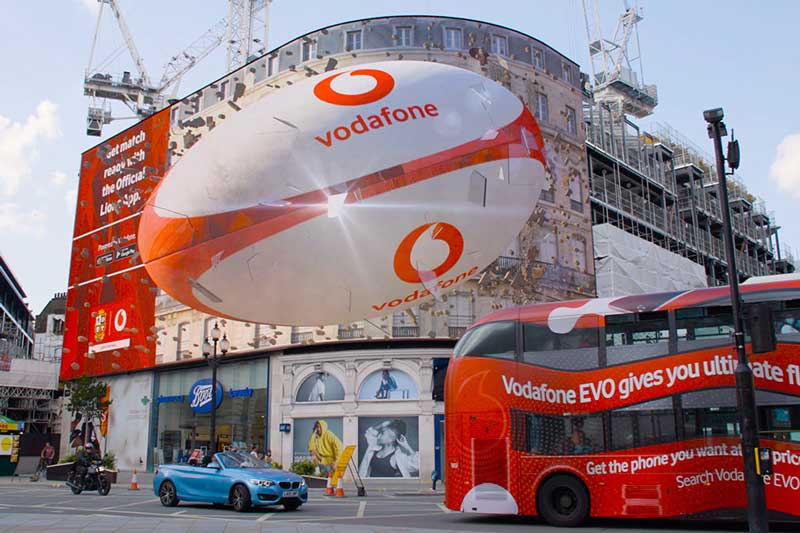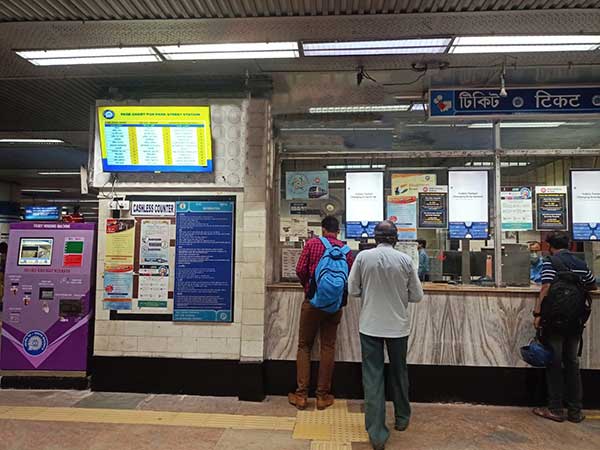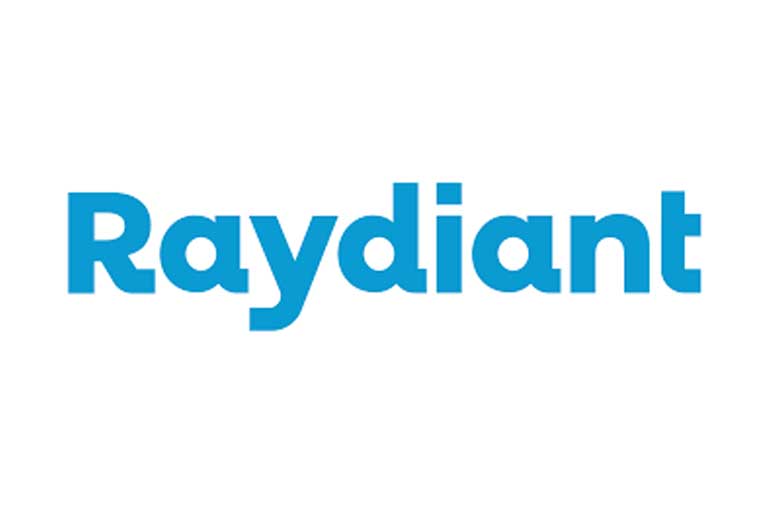Digital billboards have become most sought after medium to advertise brands. Reinvention is a requisite when it comes to advertising & marketing. A new digital billboard in London’s Piccadilly Circus uses recognition technology to broadcast targeted advertisements based on the make of passing cars, the gender and the age of pedestrians. The screen wraps around the facades of buildings overlooking the famous tourist destination, and replaces six separate screens that initially formed the advertisement display. There are built in cameras which are concealed within the screen and successfully track the make, model and colour of passing cars to deliver targeted adverts, according to Landsec, the company that owns the billboard named Piccadilly Lights.
Brands are able to pre-programme fixed adverts to play when certain cars drive past, and adapt to the age or gender of passersby. The cameras and an algorithm register visual cues – for instance, hair length and height – to make assumptions on the demographics of the area. For example, if the algorithm detects a higher proportion of women in the area it could display promotions for women wear. The technology can also be used to respond to changes in the weather, news, sports reports and social media updates. The screen measure 17.5 metres by 44.6 metres and is made of 11 million pixels which makes it the largest of its kind in Europe.
“The new screen technology includes visual sensors that can detect certain elements of the surrounding area, with the potential to then adapt the content in response to it,” according to Landsec. “Although the Piccadilly Lights screen will be able to display advertising content that responds to real-time factors – such as the weather or the colour of cars – the technology is not able to recognise individual people or display individually targeted content.”










